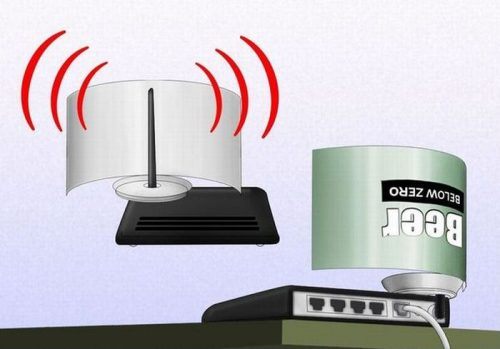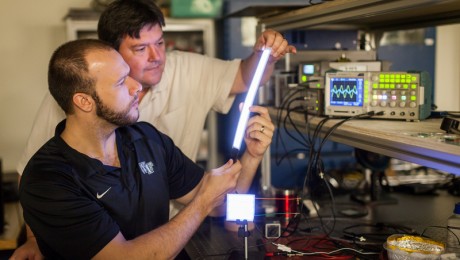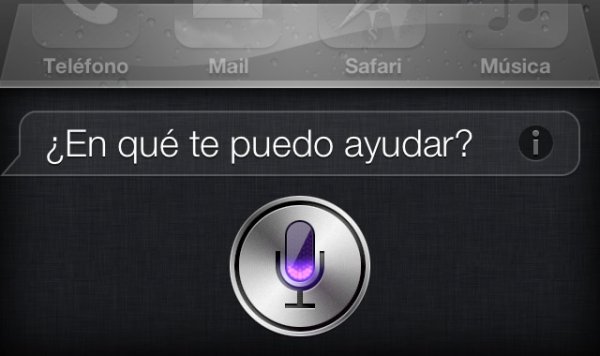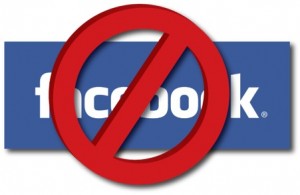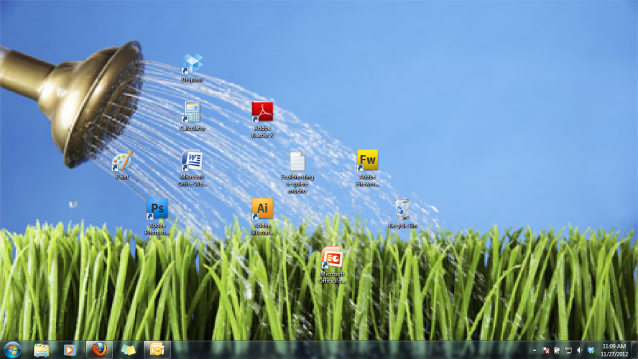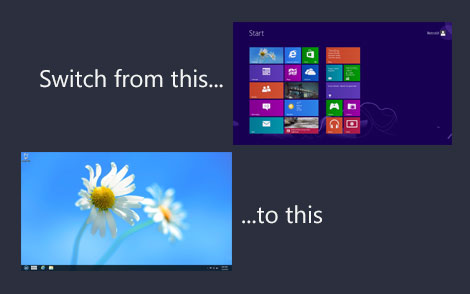Por qué no trabajar con una cuenta de e-mail gratis
Usar correo electrónico gratuito como Gmail, Yahoo y Hotmail es una buena opción para recibir ofertas en línea, mantener contacto con amigos y familiares, suscribirse a redes sociales y básicamente todo intercambio de información donde la seguridad y la formalidad no sean prioritarias.
Una dirección de e-mail profesional puede ser factor de éxito. (Imagen: Salvador Valera).
Para los negocios o el trabajo, sin embargo, usar una cuenta de correo electrónico gratuita puede ser contraproducente por las siguientes 7 razones:
1. Representación de la marca
Uno de los activos más valiosos de una compañía es su marca, Tu organización tiene una reputación que se puede venir abajo en un instante y por eso es importante que la cuides como oro. Lo que hagas en tu tiempo libre con tus cuentas de correo personales es responsabilidad tuya y debe quedar claramente separado de tu papel en la empresa. Sin una cuenta de correo electrónico para tu organización, es muy difícil mantener credibilidad y separar lo personal de lo profesional.
2. Formalidad y profesionalismo
Cuando intercambies cotizaciones, facturas o información delicada a socios y potenciales clientes por correo electrónico, además de asegurarles que los datos están seguros, necesitan saber que los tomas en serio, así como a tu trabajo, y que eres lo suficientemente dedicado como para indicar tu nombre (o departamento) y el de tu empresa en la dirección de correo electrónico. @gmail, @yahoo o @hotmail.com no son profesionales y pueden costarte clientes. Incluso formatos como nombre.apellido@gmail.com o departamento.empresa@yahoo.com, deberían evitarse para tratar asuntos de trabajo.
3. Organización interna y productividad
En horas de trabajo se deben atender únicamente correos de trabajo. Si en la bandeja de entrada aparecen también las actualizaciones de tus redes sociales, correos de proyectos externos o links que debes compartir por lo menos a 20 amigos en los próximos 5 minutos para que el nombre de tu amor verdadero aparezca en la pantalla, tu productividad no será la mejor. Y organizarlo por carpetas tampoco resuelve el problema porque tus mensajes pueden traspapelarse (imagina compartir a 20 amigos por error ese confidencial reporte interno destinado a tu supervisor).
4. Mayor concentración en el trabajo
Si un servicio es gratuito para el usuario seguramente es porque sus ingresos vienen de las empresas que pagan por publicitarse en sus páginas y/o porque venden sus bases de datos (tus datos) a terceros con fines comerciales. Por lo tanto, además de recibir spam, y de que el sitio tardará en cargar todos los banners electrónicos, habrá distractores cada vez que leas o escribas correos. Esto es algo que buscas evitar en horarios de trabajo; cuando contratas a un proveedor no sólo pagas por tu correo, sino por un correo rápido y eficiente; cero publicidad.
5. Seguridad
Alguien tiene que dar la cara en caso de que la seguridad de tus e-mails se vea comprometida. Con servicio gratuito el proveedor no responderá por información perdida o suspensión del servicio (puede hacerlo en cualquier momento sin previo aviso).
6. Atención al cliente
Si algo sucede con tu correo electrónico (digamos que olvidaste tu contraseña o hackearon tu cuenta), un proveedor de paga inmediatamente estará a tu servicio para recuperar tu valiosa información. Esto no sucederá con un proveedor gratuito.
7. Recuperación de cuenta
Más común de lo que imaginamos, nuestra contraseña puede ser robada y nuestro e-mail usado para enviar spam, actividad que infringe las reglas de uso (esas que nadie lee pero todos aceptan) de tu proveedor gratuito y automáticamente queda suspendida tu cuenta. Sin alguien de soporte técnico a quien acudir para aclarar el malentendido, es probable que no vuelvas a tener tu cuenta.
Fuentes: How to Answer | Ezine Articles
Using a free e-mail account service like Gmail, Yahoo or Hotmail is a good option to get online offers, keep in touch with friends and family, sign up to social networks, and basically any kind of information exchange where security or formality are not priorities.
A professional e-mail address can be key to business success. (Image: Salvador Valera).
Using this kind of e-mail account for work or business purposes however, can seriously hurt your company’s performance and yours. Here are 7 reasons why paid e-mail should be used.
1. Brand representation
Brand equity is among a company’s most valuable assets. Your organization has a hard to build and easy to destroy reputation and every employee should be a good brand ambassador. What you do with your personal e-mail account on your free time is your sole responsibility and should be kept far away from the role you play in a company. Without a paid e-mail account for your staff it’s hard to maintain a credible voice.
2. Formality and professionalism
When you send/receive quotes, invoices or other sensible information to/from business partners and clients, they need to know that you are serious about your work together and thorough enough to state your name/department and your company’s in the e-mail address. @gmail, @yahoo or @hotmail.com are not professional enough even if you included your name and company in the username (e.g. name.company@gmail.com).
3. Productivity
While at work you should only check work-related e-mails. Your productivity will decrease if your inbox is full of social updates, external project e-mails or funny pictures from your aunt. Sorting these in different folders won’t help much, either because they can get mixed up (imagine sending to by mistake to someone else that internal report meant for your boss).
4. Better concentration
Your e-mail service is free because their income come comes from those paying to advertise on their page every time you check your messages, and chances are they are also making money by selling their databases (your e-mail address included) for commercial purposes to third parties. So the pages will load slower because of all the e-banners and you will find a hard time concentrating, too. This is something you don’t want on work hours, when you hire an e-mail provider you pay for a fast, efficient, zero-advertising service.
5. Security
Someone has to answer in case your e-mail security is threatened. A free service provider will not stand accountable for lost information or if their service is suspended (they can do that at any time without prior notice).
6. Customer service
If something happens to your e-mail (let’s say you forgot your password or your account was hacked), a paid provider will immediately be at your service to recover your valuable information. This will not happen with a free provider.
7. Account recovery
Your password in constant danger of being stolen and your e-mail can be used to send spam, which would infringe the e-mail provider’s terms of use and your account would be automatically suspended. Without an understanding provider on the other line to clear things up, you might as well never see that free e-mail account again.
Sources: How to Answer | Ezine Articles









